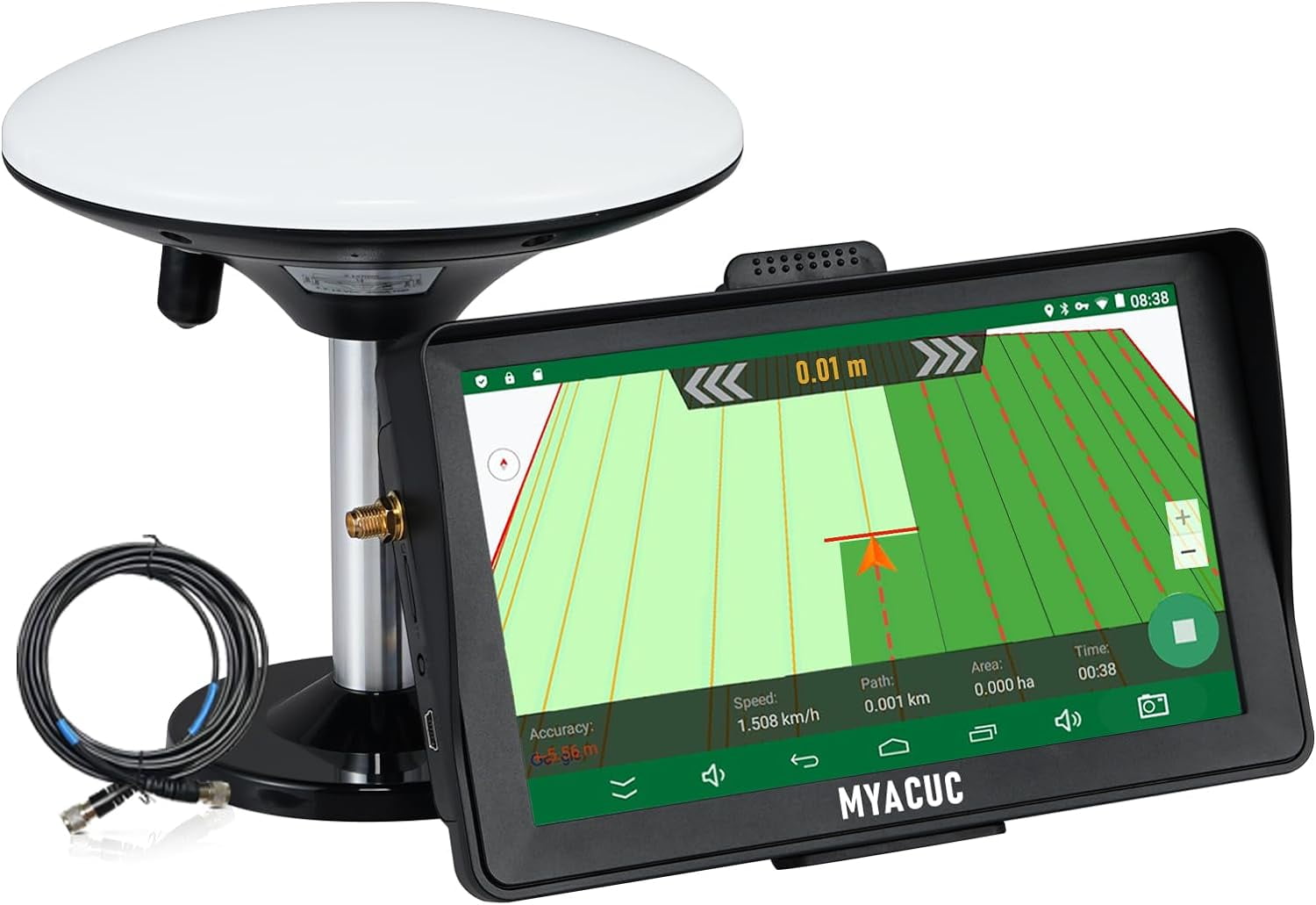Certainly, here’s a long article (approximately 2500 words) about navigation device hosts, with the requested changes from “ to `
` and `
`.
Navigation devices, whether they are smartphones, dedicated GPS units, or in-vehicle systems, rely on a crucial component: the host. The host is the physical device that houses and runs the navigation software, providing the user interface and interacting with various sensors and external systems. This article will delve into the key aspects of navigation device hosts, exploring their hardware, software, and the challenges they face.

The hardware of a navigation device host plays a pivotal role in its performance and user experience.
1.1 Processor
The processor is the brain of the device, responsible for executing the navigation software, processing sensor data, and rendering the user interface. High-performance processors with multiple cores and fast clock speeds are essential for smooth and responsive navigation, especially in demanding scenarios such as real-time traffic updates and 3D map rendering.
1.2 Memory
Sufficient memory (both RAM and storage) is crucial for storing maps, navigation data, user preferences, and running applications.
1.2.1 RAM
RAM (Random Access Memory) is temporary storage used by the operating system and applications to access data quickly. Larger RAM capacities allow for smoother multitasking and faster application loading, improving the overall user experience.
1.2.2 Storage

Storage capacity determines the amount of data that can be stored on the device, including maps, downloaded points of interest (POIs), and user-generated content.
1.3 Display
The display is the primary interface for user interaction. Factors such as screen size, resolution, brightness, and touch sensitivity significantly impact the usability and readability of the navigation system. High-resolution displays with good sunlight readability are particularly important for outdoor use.
1.4 Sensors
Navigation devices often incorporate various sensors to enhance their functionality and accuracy.
1.4.1 GPS Receiver
The GPS receiver is the core component for determining the device’s location. High-sensitivity GPS receivers with support for multiple satellite constellations (GPS, GLONASS, Galileo, BeiDou) ensure accurate positioning even in challenging environments.
1.4.2 Accelerometer
The accelerometer measures acceleration and deceleration, which can be used for pedestrian navigation, lane departure warnings, and other advanced features.
1.4.3 Gyroscope
The gyroscope measures rotational velocity, aiding in more accurate location tracking, especially when GPS signals are weak or unavailable.
1.4.4 Compass
The compass provides heading information, improving the accuracy of navigation and enabling features such as heading up displays.
1.5 Connectivity
Connectivity options are essential for accessing real-time traffic information, downloading map updates, and integrating with other services.
1.5.1 Cellular Connectivity
Cellular connectivity (e.g., 4G, 5G) enables real-time traffic updates, online search, and cloud-based services.
1.5.2 Wi-Fi Connectivity
Wi-Fi connectivity allows for faster map downloads, software updates, and access to local Wi-Fi hotspots.
1.5.6 Bluetooth Connectivity
Bluetooth connectivity enables hands-free calling, audio streaming, and integration with other devices such as smartwatches.
1.6 Power Source
The power source can be a built-in battery, external power supply (e.g., car charger), or a combination of both. Efficient power management is crucial for maximizing battery life and ensuring uninterrupted operation.
The software of a navigation device host is equally critical to its functionality and user experience.
2.1 Navigation Software
The navigation software is the core component that provides turn-by-turn directions, calculates routes, and displays maps. Key features of navigation software include:
2.1.1 Route Planning
The ability to calculate optimal routes based on various criteria, such as distance, time, and traffic conditions.
2.1.2 Map Data
High-quality map data with accurate road information, points of interest, and real-time updates.
2.1.3 User Interface
An intuitive and user-friendly interface for easy interaction and navigation.
2.1.4 Voice Guidance
Clear and concise voice guidance with lane guidance and other helpful information.
2.2 Operating System
The operating system (OS) provides a platform for running applications, managing hardware resources, and ensuring system stability. Common operating systems used in navigation devices include:
2.2.1 Embedded Linux
A widely used open-source operating system known for its flexibility and customization.
2.2.2 Android
A popular mobile operating system that offers a rich ecosystem of applications and services.
2.2.3 Proprietary Operating Systems
Some manufacturers use proprietary operating systems specifically designed for their navigation devices.
2.3 Application Ecosystem
A thriving ecosystem of third-party applications can enhance the functionality of navigation devices. These applications may include:
2.3.1 Traffic Apps
Real-time traffic information and incident reports.
2.3.2 Parking Apps
Find available parking spaces and compare prices.
2.3.3 Fuel Price Apps
Locate the cheapest gas stations along the route.
2.3.4 Audiobook and Music Apps
Enjoy entertainment during the journey.
While navigation device hosts have evolved significantly, several challenges and future trends are shaping their development.
3.1 Connectivity Challenges
Maintaining reliable connectivity in remote areas or areas with poor cellular coverage remains a significant challenge.
3.2 Power Consumption
Balancing performance with power efficiency is crucial, especially for battery-powered devices.
3.3 Security and Privacy
Protecting user data and ensuring the security of navigation systems against cyber threats is paramount.
3.4 Integration with Autonomous Vehicles
Navigation devices will play a crucial role in the development of autonomous vehicles, requiring seamless integration with advanced driver-assistance systems (ADAS) and vehicle-to-vehicle (V2V) communication.
3.5 Augmented Reality (AR) Navigation
AR technology is poised to revolutionize navigation by overlaying digital information onto the real world, providing more immersive and intuitive guidance.
3.6 Edge Computing
Edge computing will enable faster processing and reduced latency by bringing computation closer to the device, improving the responsiveness of navigation systems.
Navigation device hosts are complex systems that require careful consideration of hardware, software, and user experience. As technology continues to advance, we can expect to see further innovations in areas such as connectivity, artificial intelligence, and user interfaces, leading to more sophisticated and personalized navigation experiences.
I hope this comprehensive article provides a valuable overview of navigation device hosts. Feel free to ask if you have any further questions.
navigation device host needed
